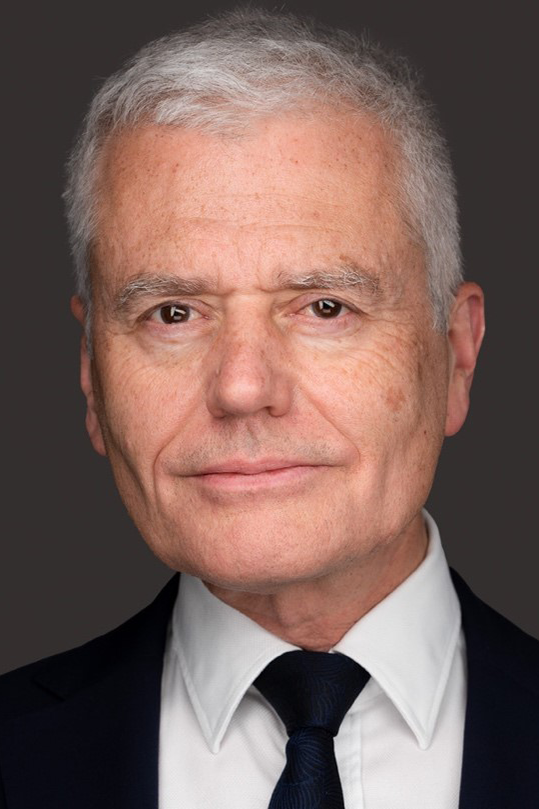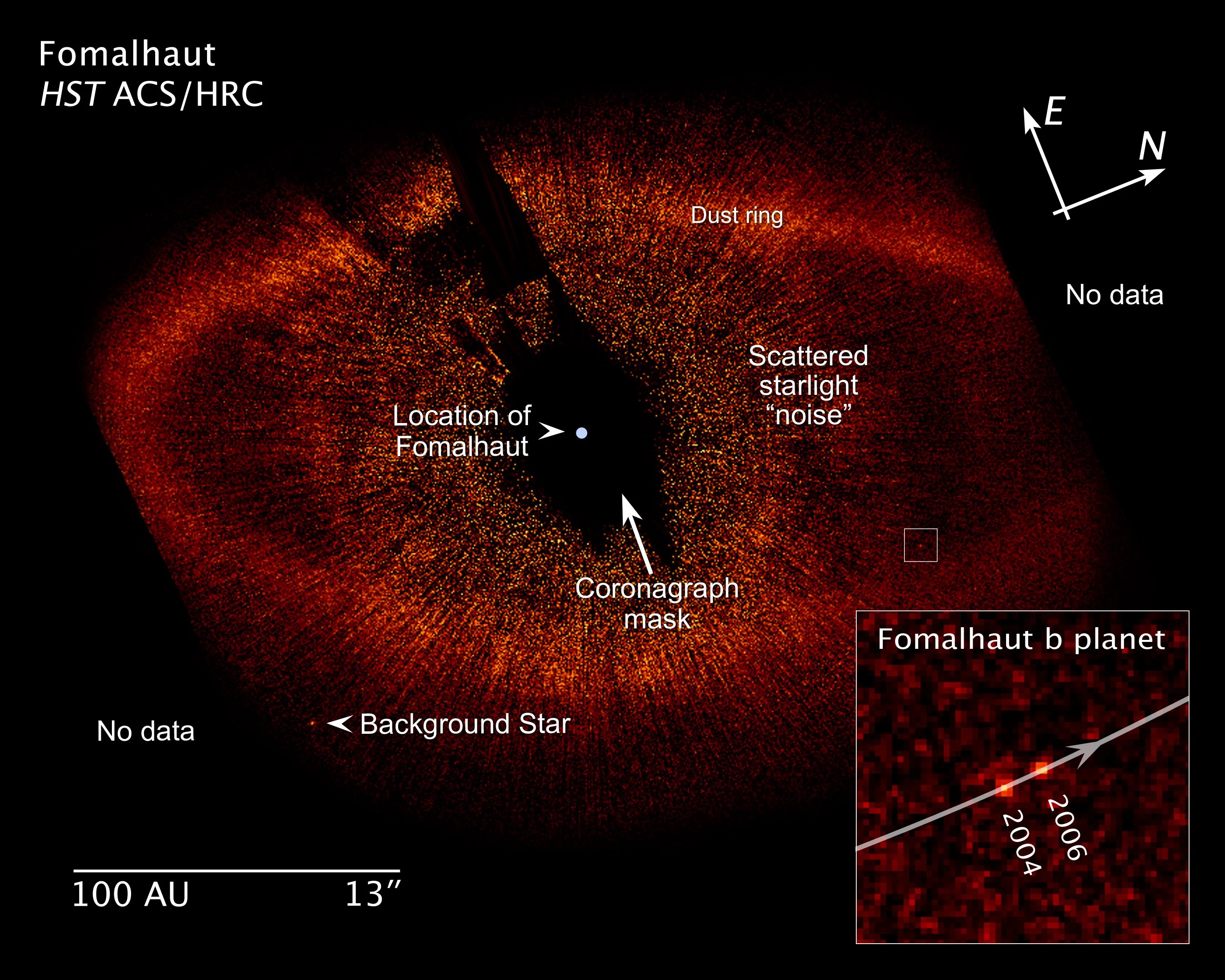
Dr. Mark Clampin
Astrophysics Division Director | NASA Headquarters
Dr. Mark Clampin is the Astrophysics Division Director in the Science Mission Directorate at NASA Headquarters in Washington, DC. The goals of the Astrophysics Division are to understand how the universe works, understand how we got here and to address the question, are we alone?
Until August 2022, Dr. Clampin was the Director of the Sciences and Exploration Directorate (SED) at the Goddard Space Flight Center (GSFC) where he led the Astrophysics, Solar System, Heliophysics and Earth Science Divisions, together with the high performance computing office.
At GSFC, he previously served as the James Webb Space Telescope (JWST) Observatory Project Scientist, and subsequently as Director of the Astrophysics Science Division and Deputy Director of SED. Prior to joining GSFC, Dr Clampin was the Advanced Camera for Surveys (ACS) Group Lead at the Space Telescope Science Institute (STScI), where he worked on the first four Hubble Space Telescope (HST) Servicing Missions. Dr. Clampin is a Co-Investigator with the Transiting Exoplanet Survey Satellite (TESS), and the Advanced camera for Surveys (ACS) science team and served as the Detector Scientist, responsible for the delivery of three focal plane camera systems. His research interests focus on studying the formation and evolution of planetary systems. Dr. Clampin has also designed ground-based telescope instruments including adaptive optics systems, coronagraphs and detectors.
Dr. Clampin graduated from the University of London with a BS in Physics and from the University of Saint Andrews in Scotland, with PhD in Astronomy. Dr. Clampin is the recipient of the Meritorious Presidential Rank Award, NASA’s Exceptional Achievement and Scientific Achievement Medals, and is a Fellow of SPIE and the Royal Astronomical Society,. Until recently he was the Chief Editor of the SPIE peer-reviewed Journal of Astronomical Telescopes, Instruments and Systems, a position he held for 7 years. He is married with one daughter, and enjoys running and his lifelong passion scuba diving.

Dr. Mark Clampin loves talking about the James Webb Space Telescope and has done so at many meetings for scientific, technical and general audiences. He was the Webb telescope Observatory Project Scientist and worked in the Exoplanets and Stellar Astrophysics Laboratory at NASA's Goddard Space Flight Center, Greenbelt, Md until 2015. Currently Clampin is the Director, Sciences and Exploration Directorate at NASA Goddard.
His research interests include: Formations and Evolution of planetary systems, Direct imaging of Exoplanets, Astronomical Instrumentation, Flight detector systems, Coronagraphs, Stellar Populations
Clampin is currently working on a number of projects, including the James Webb Space Telescope. He is the Principal Investigator of the Extrasolar Planetary Imaging Coronagraph (EPIC) Discovery Mission Concept and of the Transit Characterization Explorer (TRACER), a SMEX mission concept. Dr Clampin was a Co-Investigator and Detector Scientist for Advanced Camera for Surveys (ACS) science team; and he is a Principal Investigator and Co-Investigator on the Hubble Space Telescope, Spitzer and ground-based investigations of debris disks.
Prior to joining the Webb telescope project, Clampin was a member of the science staff at the Space Telescope Science Institute (STScI), Baltimore, Md. where he served as an Instrument Scientist for the Hubble Space Telescope instrument Wide-Field Planetary Camera 2 (WFPC2), and the Space Telescope Imaging Spectrograph (STIS). He served as the Advanced Camera for Surveys Group manager from its inception to the completion of orbital verification of the instrument.
Clampin received a Ph.D. in Physics in 1986 from the University of Saint Andrews, St. Andrews, in Fife, Scotland. In 1982 he received a B.S. in Physics from University of London, England.
For more information on Dr. Clampin and select publications, see his CV
